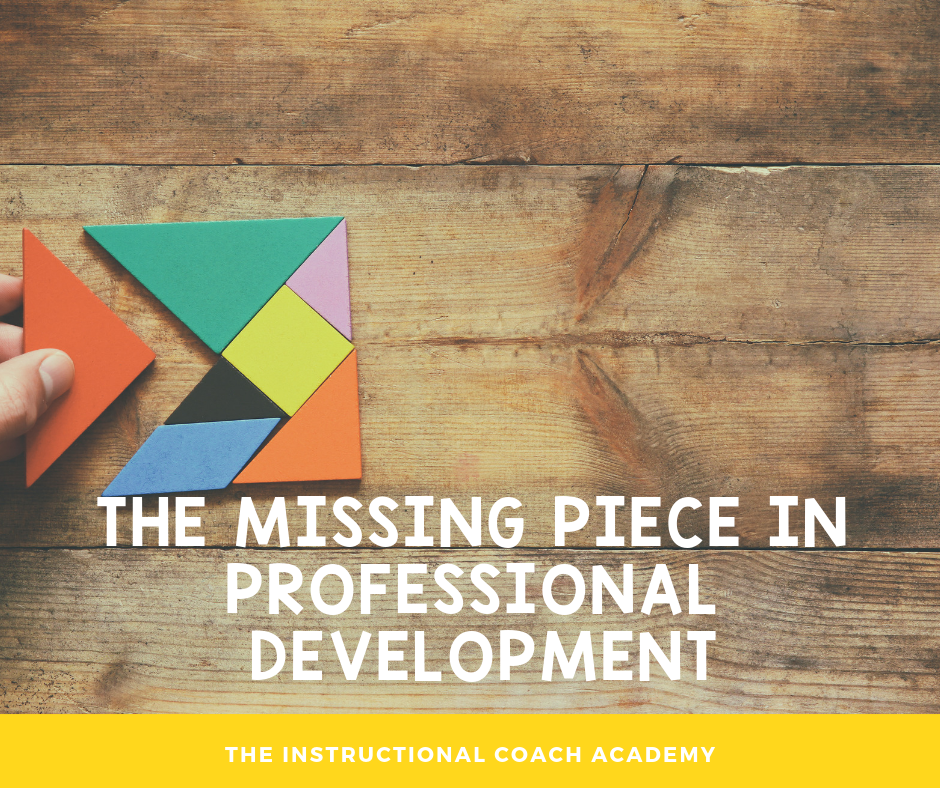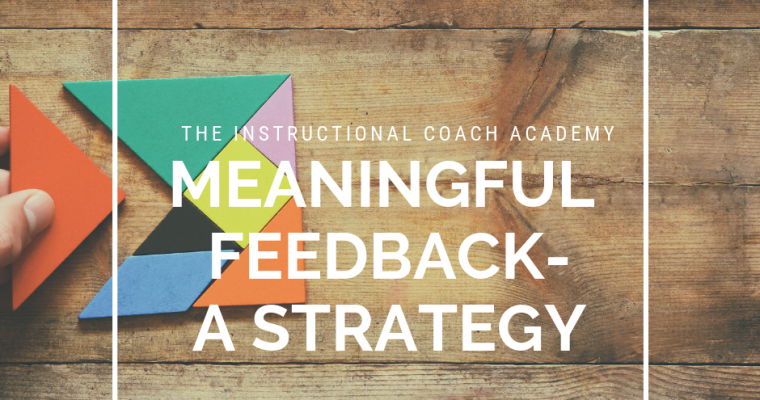What is the missing piece in most professional development sessions? Why is it so hard to change teacher behavior in learning new
We’ve all asked these questions. No matter how thoroughly we prepare or how high quality the professional development provided is, teachers say “We need more training.” What?! How can that be? We just spent a gazillion dollars to give you tons of hours to learn with experts. I busted my backside to give you everything you need. What training could you possibly still need?
- Theory-check.
- Rationale-check.
- Explanations-check.
- Expectations-check.
- Steps and actions-check.
- Anticipated results-check.
- Potential pitfalls-check.
- Guided practice-check.
- Q & A-check.
- On-going support-you guessed it, check.
This scenario is frustrating and, I think, all too common. Whether it is culturally responsive teaching, differentiation, RTI, trauma-informed schools, SEL, restorative justice, the refrain is the same: “We need more training?” The accompanying lament remains: “What is the missing piece?”
After years of learning, struggling, and wondering, I think I finally found the missing piece. Teachers need direct, explicit instruction on how to change their own thinking. Truthfully, we spend a lot of time talking about and supporting student thought processes. Self-regulation, self-awareness, self-talk are all part of instruction for students. But it is incredibly rare for teachers to receive the same opportunity to learn such skills.
Instead of wondering why teachers fail to change their behavior, we need to question how we can help change teacher thinking. Not because teachers will all respond perfectly and all our implementation problems will be solved. It is never that simple. But because teachers deserve to understand not just what and why, but HOW. We need to equip them with the tools to control and actively select their actions and reactions in the classroom.
This missing piece is especially pernicious when we are addressing deeply ingrained beliefs and behaviors. Teachers are often stymied by their own struggles. Hence the request for more training. They know, on some level, that they are missing a piece of the puzzle. Articulating what is missing is the challenge. The answer lies in helping teachers surface their thinking, reveal existing inner monologues, and intentionally develop alternative self-talk and thoughts. Teachers need the same level of intentional, structured, and personal instruction that students need.
The biggest problem with the missing piece is that though the need is there, the expertise, the materials, the strategies are also largely missing. As instructional coaches, we are left to address this need as best we can. The first step is knowing there is a missing piece. I wish I could offer specific resources and strategies that would magically fill the void. I can’t. If you have ideas or suggestions, please leave them in the comments for all of us.


